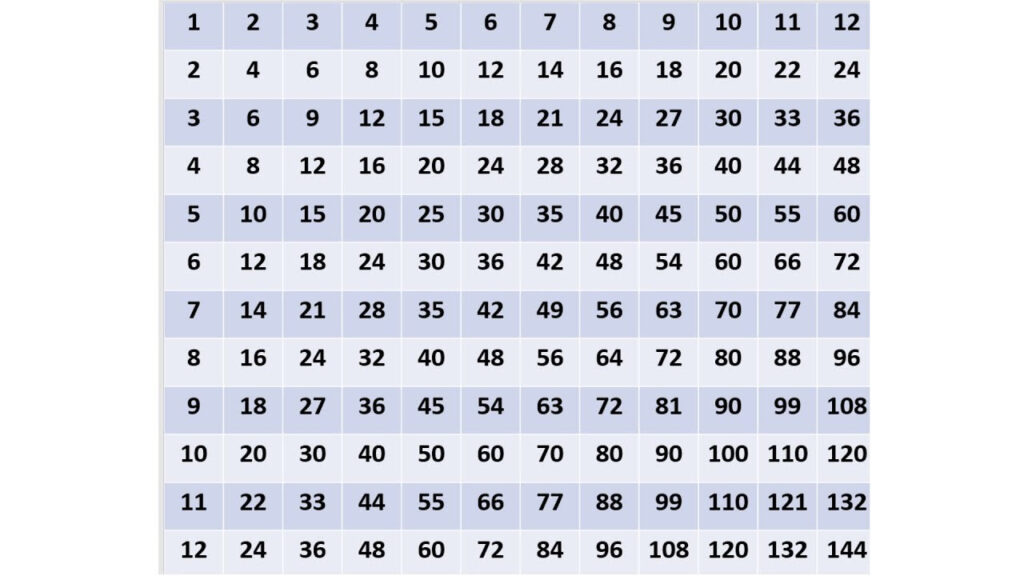When learning multiplication, it can be helpful to visualize patterns that occur when multiplying numbers. One way to explore these patterns is by using a hundred chart. A hundred chart is a grid of numbers from 1 to 100 arranged in rows and columns. By examining the relationships between numbers on the chart, students can discover interesting patterns that can make multiplication easier to understand.
One common multiplication pattern that can be observed on the hundred chart is the diagonal pattern. When you multiply a number by 1, the product is the number itself. For example, when you multiply 3 by 1, you get 3. This pattern can be seen as a diagonal line going from the top left corner of the chart to the bottom right corner. Another pattern is the skip counting pattern, where multiples of a number form a horizontal line on the chart. For instance, if you look at the multiples of 3 on the hundred chart, you will notice a horizontal line starting at 3 and increasing by 3 each time.
Multiplication Patterns On The Hundred Chart
Using Multiplication Patterns to Solve Problems
Understanding multiplication patterns on the hundred chart can help students solve multiplication problems more quickly and efficiently. By recognizing these patterns, students can make connections between numbers and use them to mentally calculate products. For example, if a student needs to multiply 4 by 7, they can use the skip counting pattern on the hundred chart to quickly determine that the product is 28. By practicing with the hundred chart and exploring different multiplication patterns, students can develop a deeper understanding of multiplication and improve their math skills.
